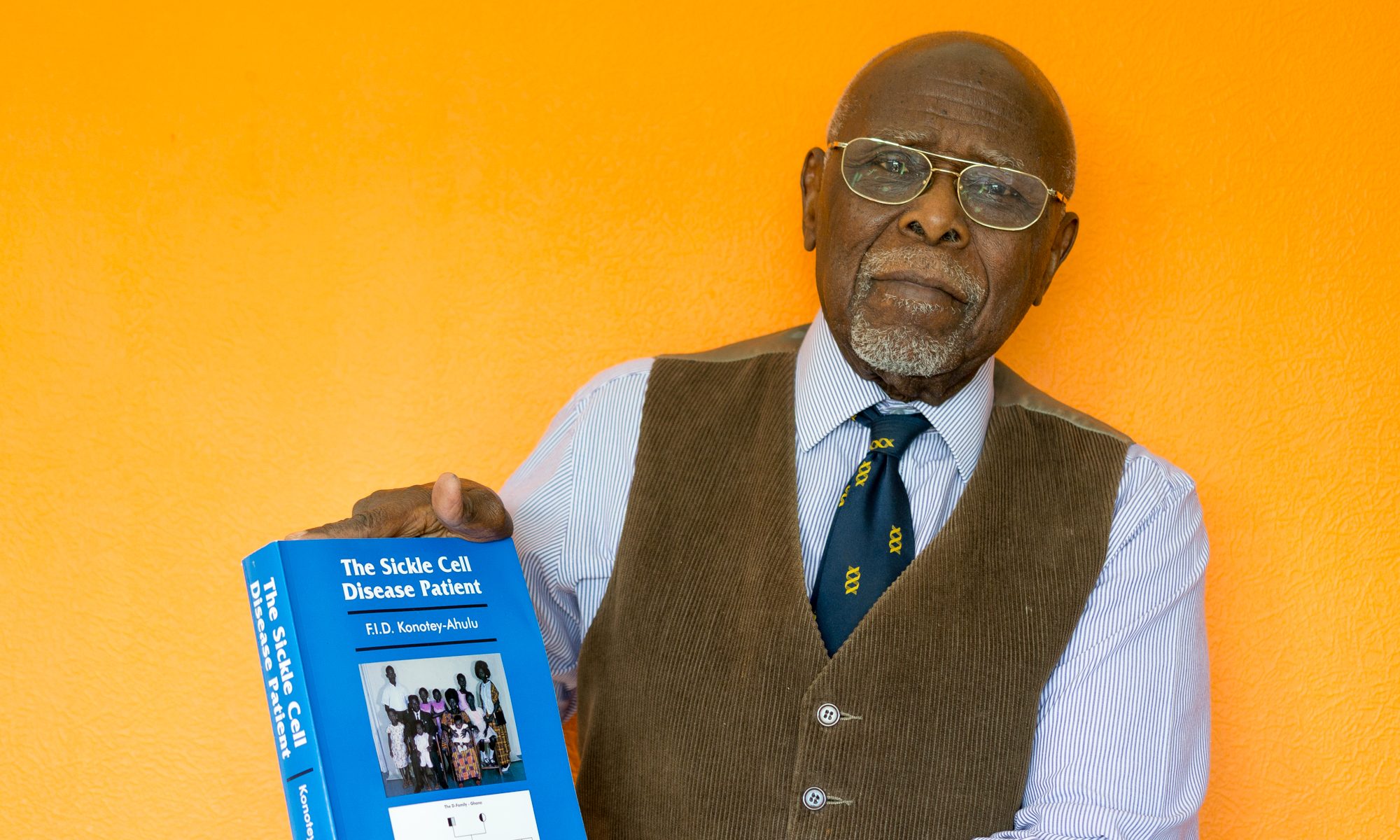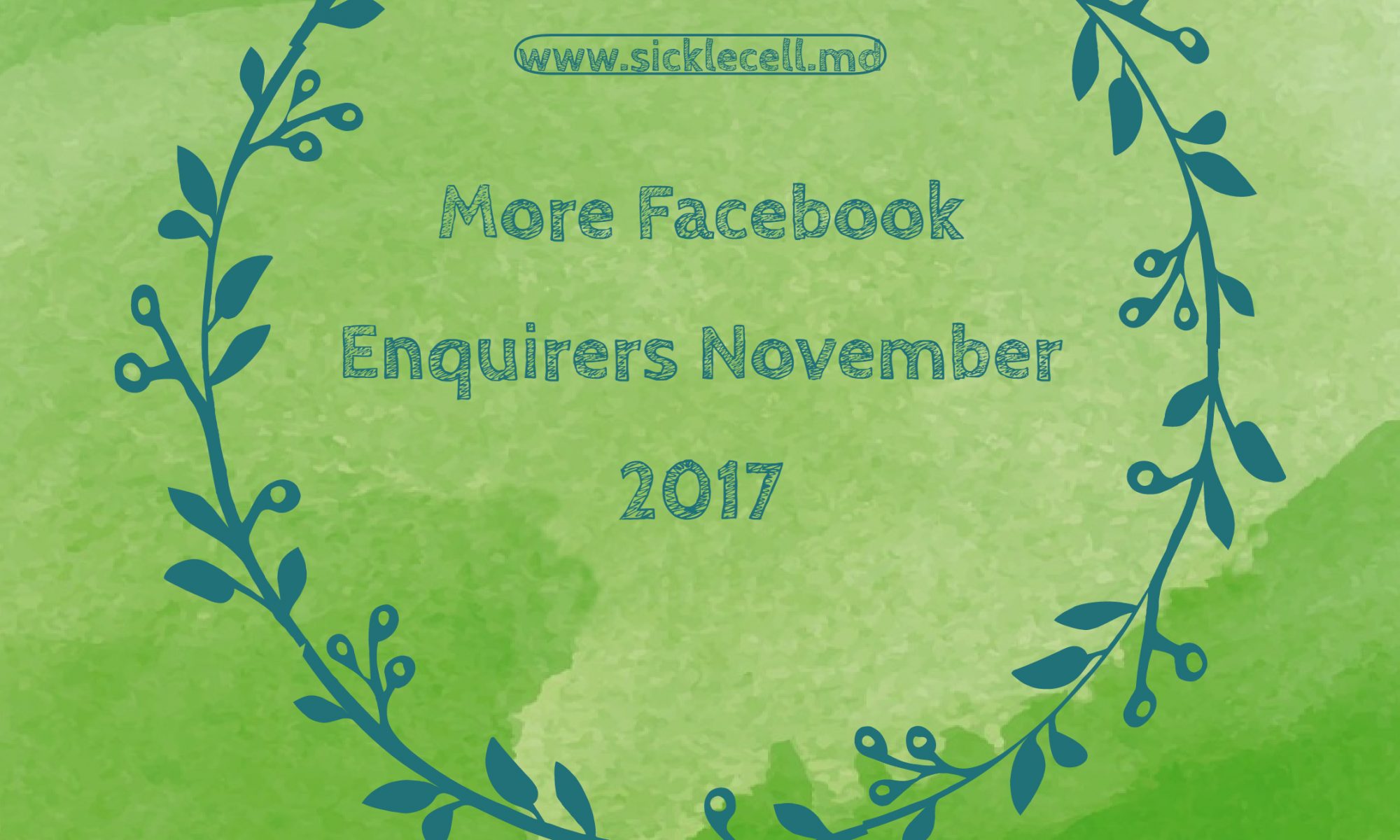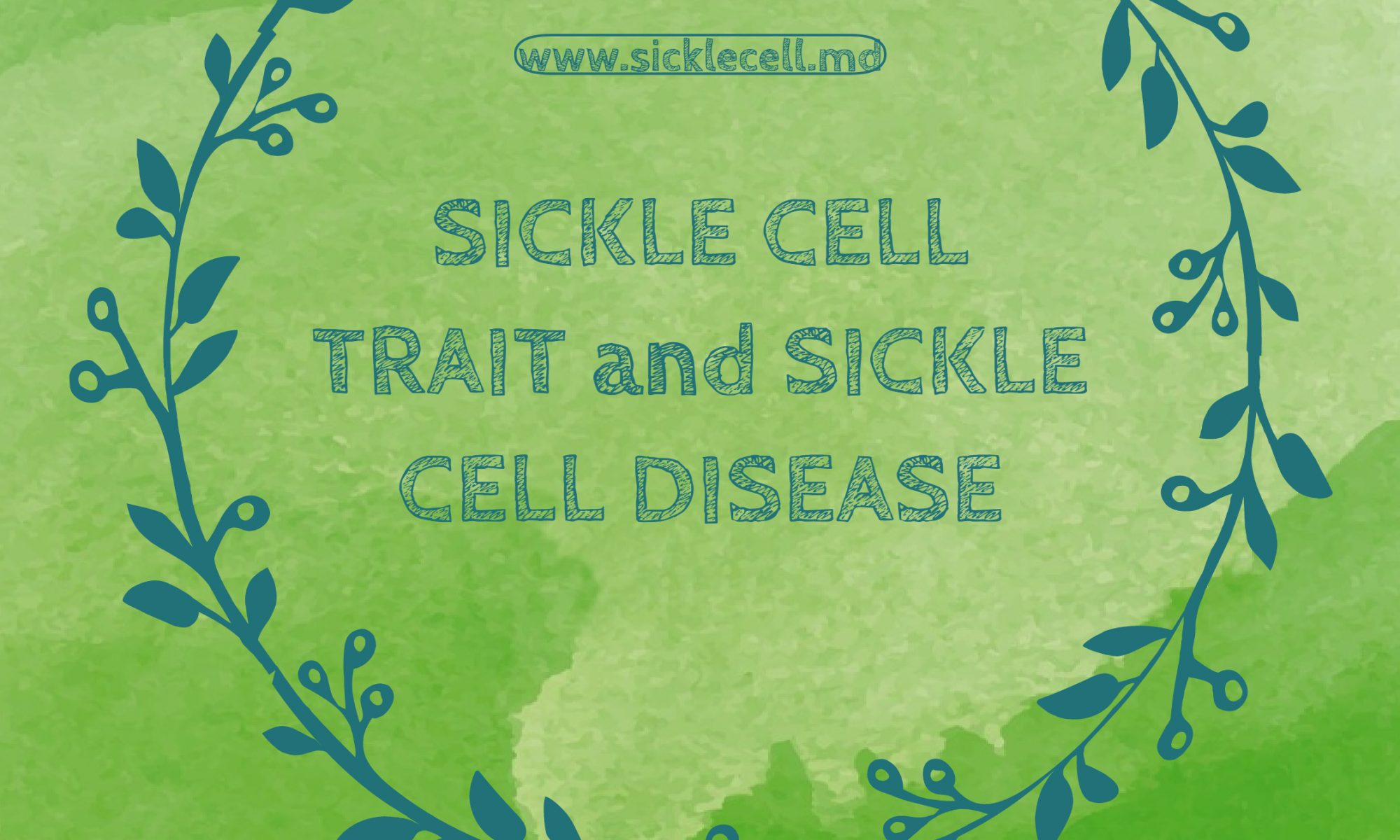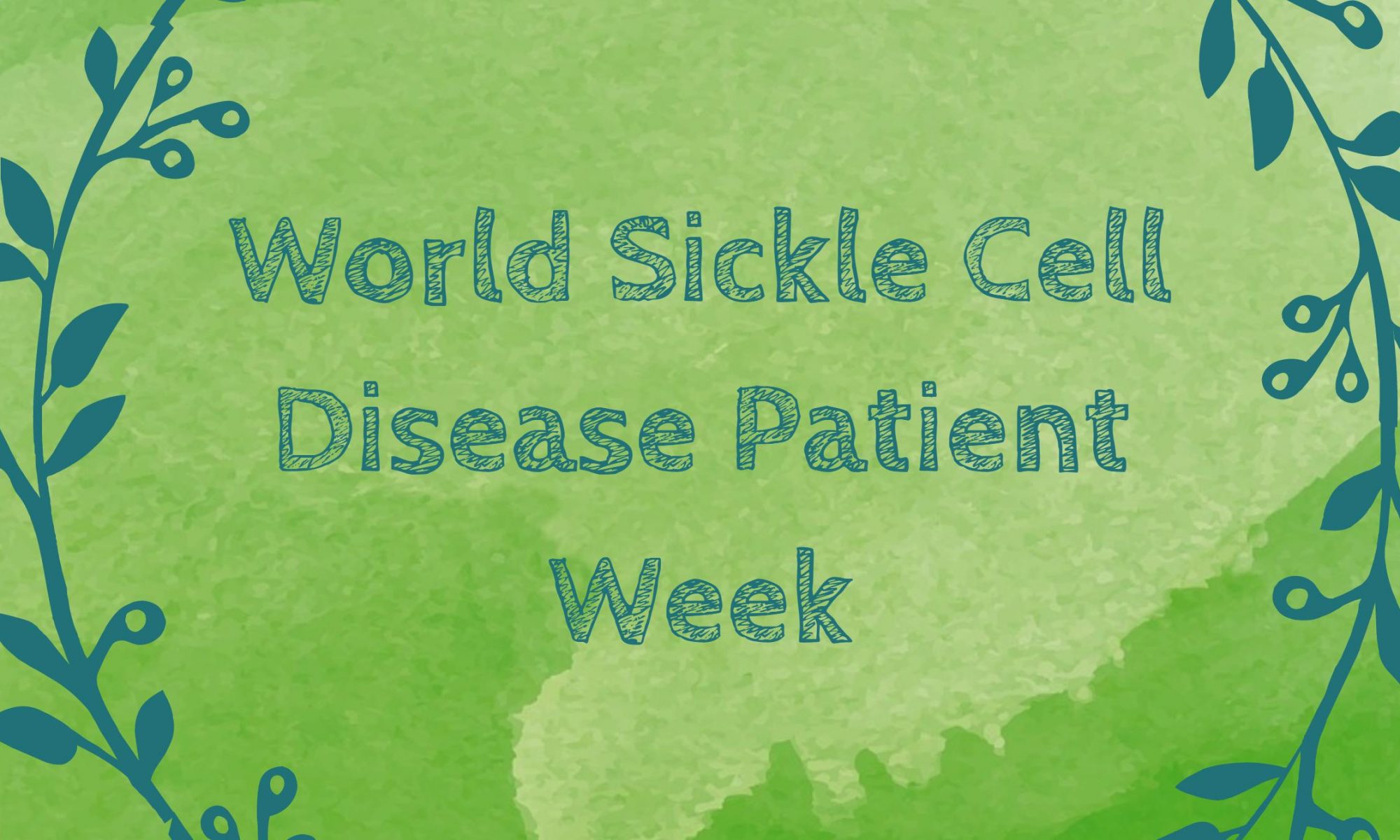Look at www.sicklecell.md for correct terms.
What do you mean by sicklecell?
Sickle Cell Trait (Normal gene + Abnormal gene)? Or do you mean sickle cell disease (Abnormal gene + Abnormal gene)?
To simplify things, I call Normal gene NORM and Abnormal gene ACHE because it takes 2 Abnormal genes (ACHEACHE) to make someone ache with the pain of sickle cell crisis. So, sickle cell trait is NORMACHE.
On my www.sicklecell.md Home Page you will see the kanad I invented to explain what happened when my Trait father NORMACHE married my Trait mother NORMACHE. They had 11 children of whom 3 had ACHEACHE, suffering sickle cell disease. Four of us were NORMACHE like our parents (no problems) and 4 also had no problems with NORMNORM.
It is important that readers of this Facebook each find out what Haemoglobin genes have been inherited from their parents. If, like my 3 siblings, any has inherited abnormal (ACHE) haemoglobin gene from each parent then there is no NORM gene to protect from body ache under certain circumstances. I never advise a person with ACHE Haemoglobin gene not to marry someone else, remembering that my parents would have been advised not to marry as some American States are keen to legislate.
Study the kanad video, and come to your own decision. People with sickle cell disease (ACHEACHE) have inherited some brilliant genes from their parents, like beauty, elegance, brains, and become ACHIEVERS in life as we have seen in Ghana. Visit my website, and take time with my Genetic Counselling and Voluntary Family Size Limitation (GCVFSL) http://bit.ly/1w3BuvM
Please get back to me if you can’t access it.
Finally, Sickle (S) is not the only aching gene we can be born with. The second commonest abnormal Haemoglobin aching gene is “C”. Test for “S” alone (Sickle Cell Test) is not enough. I always test for other genes, not just for Sickle Cell Trait. You can be Sickle Test Negative (that is No “S”) and yet be “C” Positive, enabling you and your Sickle-Positive-“S” spouse to have a child who has two aching genes “S” + “C” to produce Hereditary Rheumatism (Sickle Cell Disease), never ever to be called “SC Trait”, but only to be known as “SC Disease”. Sickle Cell Trait is “AS”, never “SC”.
I was born surrounded by both so I know the difference. Note that Sickle Cell Disease ‘SS’ is the only phenotype known as Sickle Cell Anaemia. These terms which are not “Konotey-Ahulu terms”; but from WHO which does not recognise the term “Sickle Cell Anaemia Disease”. If you have ‘S’ from both parents you have “Sickle Cell Anaemia” (SS). If you prefer to say you have “Sickle Cell Disease” then you need to add the phenotype and say “I have Sickle Cell Disease (SS)”. If a lady has Sickle Cell Disease (SC) and develops severe anaemia from heavy periods doctors are not entitled to say she has Sickle Cell Anaemia. She is still “SC” and not “SS”. She has Sickle Cell Disease (SC) with Anaemia, but not “Sickle Cell Anaemia Disease”. [Please read this again!].
Be the one to teach your doctors if they are confused about these terms. I once mentioned how I referred a lady to have her gall stones removed by a world class Surgeon to whom I wrote this: “Please help this Sickle Cell Anaemia (SS) lady”. Less than one hour later in the same hospital he said he called and said to me: “Thank you Felix for sending me that delightful Sickle Cell Trait lady”. So even world-class Specialists don’t know WHO definitions of who has Trait (1 Normal Haemoglobin gene) and who has Disease (No Normal Haemoglobin gene).
TERMS EXPLAINED:
Sickle Cell Trait (1 Normal Gene A+1 Abnormal Gene ‘S’) I call NORMACHE which never gives Hereditary Aches. For Sickle Cell Disease (1 Abnormal Gene ‘S’+any Abnormal Gene ‘S’ or ‘Other’) I prefer ACHEACHE as S+S, S+C, S+D, S+K, S+Korle Bu, S+Osu Christiansborg, S+FPersistence, S+O, S+Kwahu, are all aching Sickle Cell Diseases. It takes 2 ACHES to cause ache.
NOTE CAREFULLY: Normal Haemoglobin ‘A’+Abnormal ‘S’ is Sickle Cell Trait (AS). Normal ‘A’+ Abnormal ‘C’ is Sickling Negative Haemoglobin C Trait (AC).
Haemoglobin gene ‘A’ is NOT to be confused with BLOOD GROUP ‘A’. These 2 genes labelled “A” have nothing to do with each other. To check for Abnormal Haemoglobins ask for “Haemoglobin Type”, not Blood Group.



